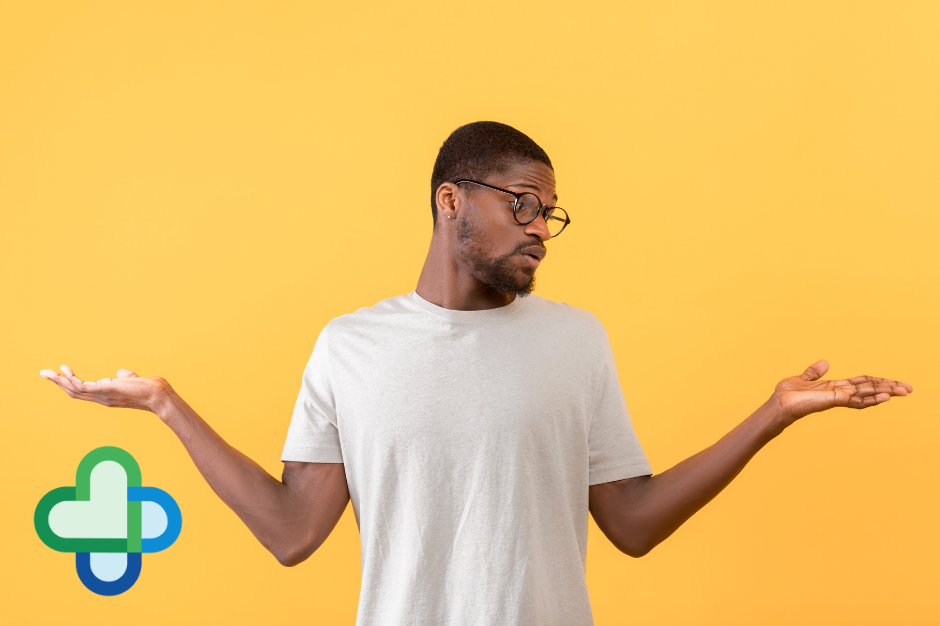
Oral vs Topical Minoxidil: Which Hair Loss Treatment is Right for You?
Hair loss affects millions of men in the UK, often impacting confidence and self-esteem. For those looking to slow or reverse thinning, minoxidil is one of the most widely used and studied treatments available. Best known in the topical form under the brand name Regaine, minoxidil can also be taken orally, though this use is considered ‘off-label’ in the UK. So, in the conversion of oral vs topical minoxidil, which is better? And which is worth a try?
What Is Minoxidil?
Minoxidil was originally developed as a blood pressure medication, taken in tablet form. However, patients and doctors noticed an interesting side effect: hair regrowth. This led to the development of topical minoxidil, which has since become a widely approved treatment for androgenetic alopecia (commonly known as male pattern baldness).
In the UK, topical minoxidil is available over the counter in brands like Regaine, and it’s approved by the MHRA for this specific purpose. Oral minoxidil, on the other hand, is not licensed for hair loss, but can be prescribed ‘off-label’ by a healthcare professional.
What Does ‘Off-Label’ Mean?
In simple terms, off-label means that a medicine is being used in a way that isn’t officially approved by the regulatory body, in this case, the Medicines and Healthcare Regulatory Agency (MHRA). This might sound worrying at first. But it’s actually very common in clinical practice. Especially when there is strong evidence supporting the safety and effectiveness of that use. ‘Off-label’ also means that the information relating to the medication may not match its current use. This includes information found in the patient information leaflets (PILs) or in the British National Formulary (BNF). These sources will refer to a different condition than the one the medication is being prescribed for.
Off-label medications are often used when new benefits or positive side effects are discovered after many years of use or late in clinical trials. Minoxidil is one example where this positive side effect is found from the existing medication. Another hair loss example is dutasteride which has been shown to be more effective than licensed finasteride in clinical trials. And, though dutasteride is commonly prescribed by hair loss clinicians, it is off-label when prescribed for hair loss. It is recommended to try the licensed product for your condition first. However, many people find greater success using off-label treatments.
While off-label treatments can be dangerous if not used properly, they can be a great option for people as a secondary option for treatment under clinical guidance. Clinicians must carefully assess all risks and benefits of using medications off-label. They should discuss these thoroughly with patients before starting treatment
Topical Minoxidil: The Tried-and-True Option
Topical minoxidil has been around for decades and is widely recommended as a first-line treatment for hereditary hair loss. It works by improving blood flow to hair follicles, helping to prolong the growth phase of the hair cycle. When applied directly to the scalp (usually twice a day) it can help thicken existing hair and slow the rate of hair loss.
The main downside? It can be a bit messy or irritating for some people. Scalp sensitivity, dryness, or itching are common side effects, and sticking to the routine of applying it every day can be challenging for some. Thus, oral minoxidil comes in.
Oral Minoxidil: A Convenient (But Off-Label) Alternative
Recently, low-dose oral minoxidil has gained popularity as a more convenient alternative. Instead of applying a solution or foam to your scalp, you can take half of one small tablet to a whole tablet once a day. Early studies and real-world experience suggest that oral minoxidil can be just as effective, or for some patients, more so than topical application.
Many patients also find it easier to stick to, as there’s no mess or risk of interfering with your hairstyle. However, oral minoxidil comes with a slightly different side effect profile. Because it’s absorbed into the bloodstream, it may cause increased hair growth on the body, mild water retention, or headaches. More serious side effects are rare at the low doses used for hair loss, but it’s still important to be properly assessed and monitored by a healthcare provider.
Which Should You Choose?
If you’re new to hair loss treatment, topical minoxidil is usually the safest and easiest place to start. It’s well-established, easy to access, and has a good safety track record. But if you’ve tried topical treatments and struggled with irritation or daily application, oral minoxidil might be worth considering. Provided you understand that it’s an off-label option and you’re happy to proceed under medical guidance, oral minoxidil may be the solution you’ve been looking for.

The Bottom Line
Hair loss can feel overwhelming, but you’re not without options. Both topical and oral minoxidil can help slow thinning and even encourage regrowth. But, what matters most is finding a treatment that fits your lifestyle and feels manageable long-term. At The Family Chemist we’re here to help support you when considering your hair loss options. Tailoring a plan that may include either topical or oral minoxidil using safe and fully considered clinical knowledge.







